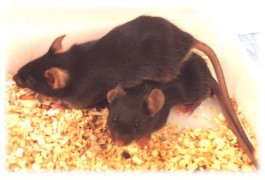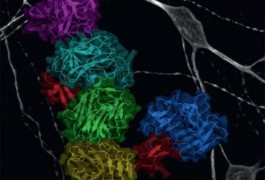Clinical research: Oxytocin may improve quality of life
People with autism who inhaled regular doses of the hormone oxytocin were better at recognizing others’ emotions and reported a higher quality of life than those who took a placebo, according to a small study published 5 December in Molecular Autism.








